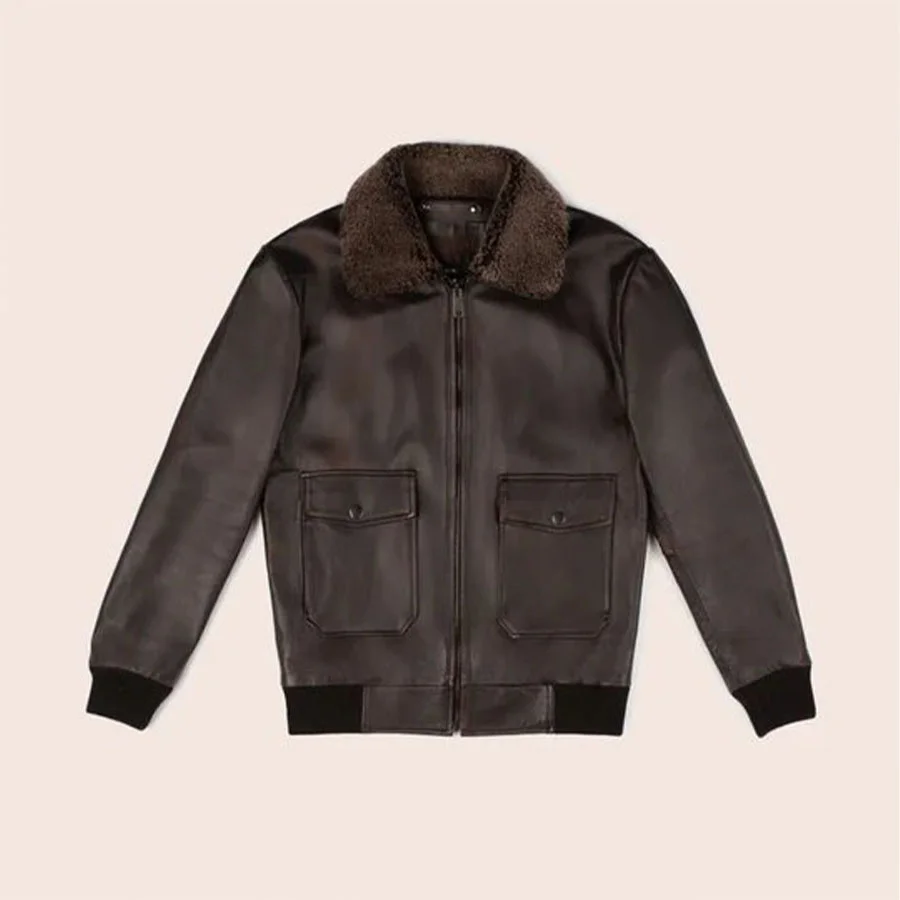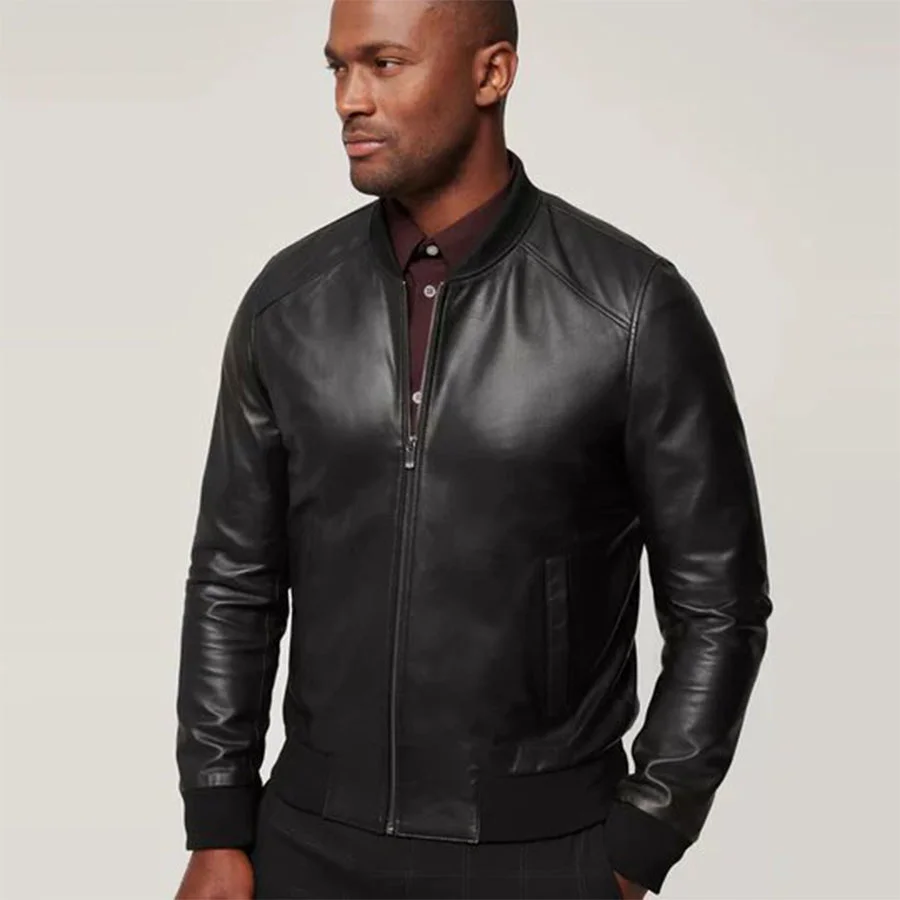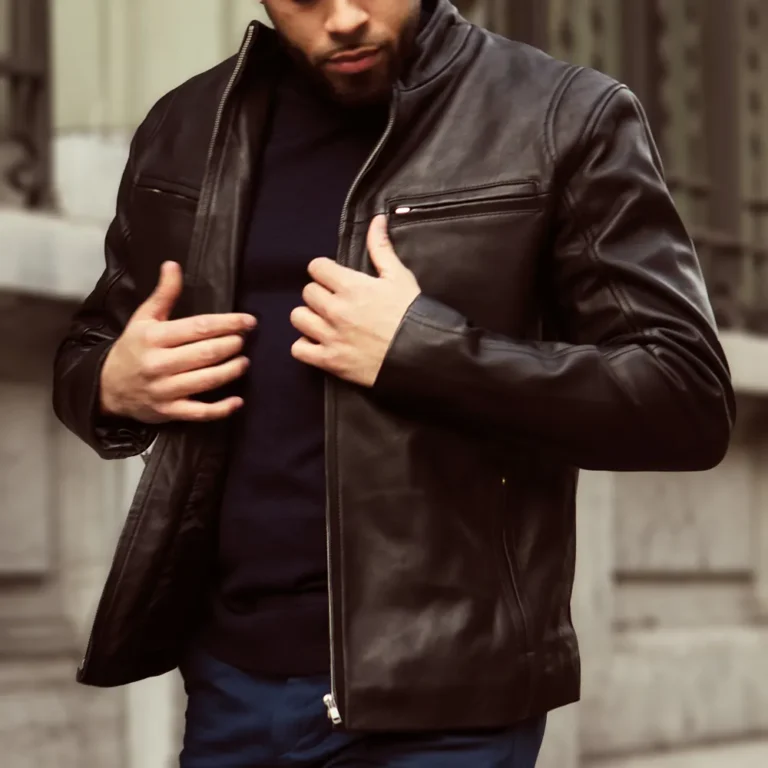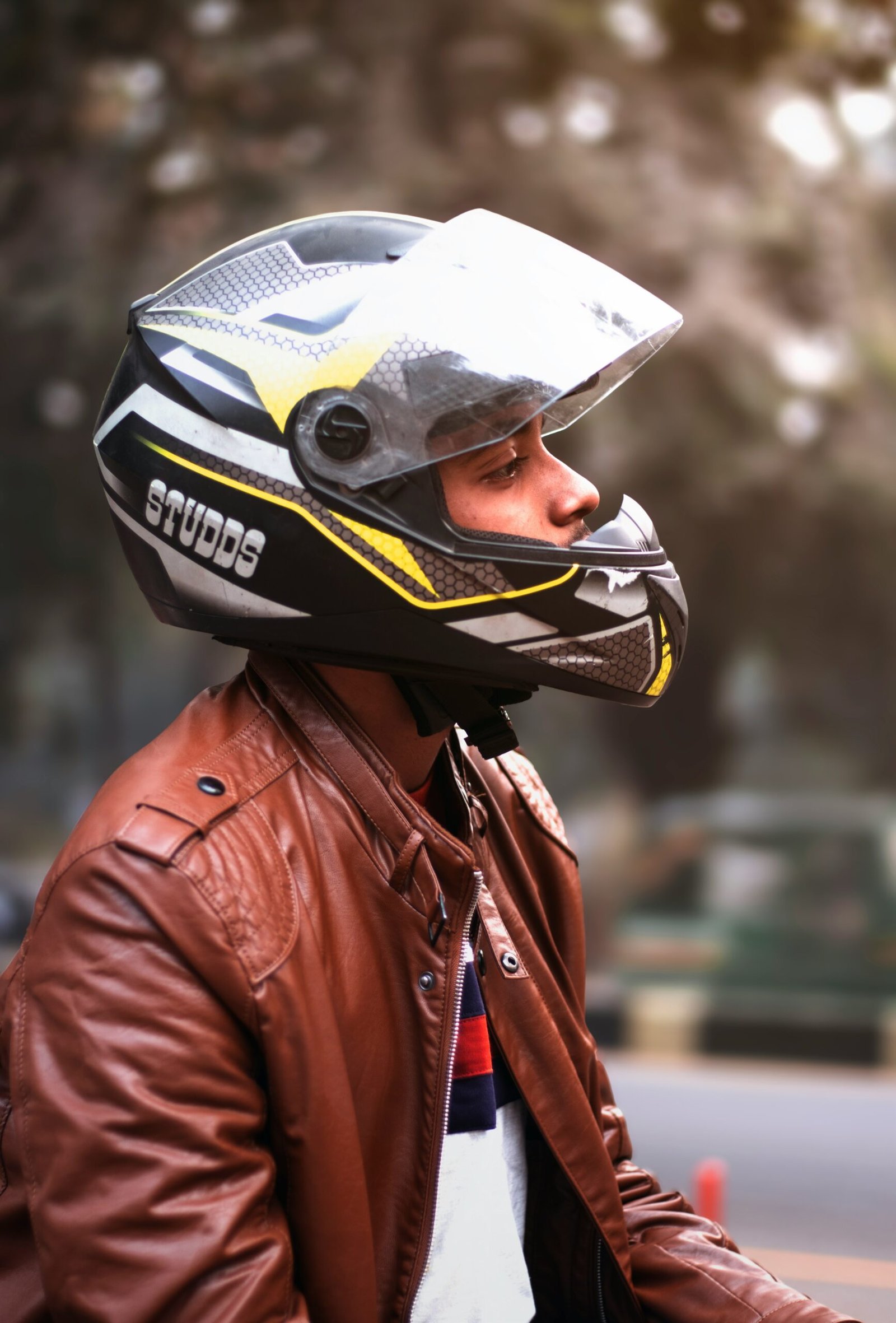Purpose of the Bomber Jacket
Introduction to the Bomber Jacket
The bomber jacket, a staple in contemporary fashion, has a rich history rooted in military functionality. Initially designed for pilots during World War I, the bomber jacket was crafted to provide both warmth and mobility in the open cockpits of early fighter planes. Its durable construction and insulating materials made it an essential piece of gear for aviators braving high altitudes and harsh weather conditions.
As military technology advanced, so did the design of the bomber jacket. By World War II, the jacket had evolved to include features such as fur-lined collars, heavy-duty zippers, and knitted cuffs and waistbands, which further enhanced its practicality and comfort. The classic MA-1 bomber jacket, introduced by the U.S. Air Force in the 1950s, became a quintessential model, characterized by its nylon shell, orange lining, and sleek, minimalist design.
Transitioning from the battlefield to the streets, the bomber jacket began to gain traction in civilian fashion during the post-war era. Hollywood played a significant role in popularizing the jacket, with iconic actors like Steve McQueen and James Dean donning bomber jackets in their movies. The 1980s and 1990s saw the bomber jacket embraced by various subcultures, including punk, hip-hop, and grunge, further cementing its status as a versatile and enduring fashion item.
Today, the bomber jacket remains a ubiquitous presence in fashion, continually reinvented by designers to suit contemporary trends while retaining its timeless appeal. From high-fashion runways to casual streetwear, the bomber jacket’s adaptability and history of resilience make it more than just a fashion statement—it is a symbol of enduring style and practicality.

Military Origins and Functional Design
The bomber jacket, a staple in contemporary fashion, has its origins deeply rooted in military history. Initially designed for functionality, this garment was a crucial component of a pilot’s uniform during World War I and World War II. The harsh conditions of open cockpits necessitated a jacket that could provide adequate warmth and durability, leading to the development of the bomber jacket.
Early models of the bomber jacket were crafted with high collars, snug cuffs, and waistband closures. These design elements were not mere stylistic choices but practical features intended to protect pilots from the cold at high altitudes. The high collar and snug cuffs helped to seal in warmth and keep out the frigid air, while the waistband closure prevented drafts from entering the jacket.
The materials used in the construction of these jackets were chosen for their durability and insulation properties. Leather was a common choice due to its ability to withstand the rigors of flight and provide substantial warmth. As technology and materials evolved, nylon became a popular alternative, offering a lighter weight and increased resistance to water and wind.
One of the most iconic models of the bomber jackets is the MA-1, introduced by the United States Air Force in the 1950s. The MA-1 featured a streamlined design with a front zipper and a knit collar, cuffs, and waistband. Its reversible orange lining was a notable feature, intended to make downed pilots more visible to rescue teams. This model set the standard for subsequent designs and remains a symbol of the bomber jacket’s enduring legacy.
These functional elements, born out of necessity, have transcended their original purpose and become integral to the bomber jacket’s aesthetic appeal. Today, while the jacket is a popular fashion item, its design still echoes its military origins, combining practicality with timeless style.

The Bomber Jacket in Popular Culture
The bomber jacket’s journey from functional military gear to a fashion icon is a testament to its versatility and cultural resonance. Over decades, this garment has transcended its original purpose, embedding itself prominently in various subcultures and mainstream media. A significant factor in its widespread appeal is its adoption by celebrities, musicians, and movie characters, each contributing to its symbolic status and enduring popularity.
More recently, the bomber jacket has been featured in numerous notable films and television series. Tom Cruise’s role in “Top Gun” showcased the jacket’s connection to aviation and military heritage, while Ryan Gosling’s scorpion-emblazoned satin bomber in “Drive” introduced a modern, stylish twist on the classic design. These appearances have kept the bomber jacket relevant in contemporary fashion, appealing to new generations of fans.
Through its representation in various media and subcultures, the bomber jacket has evolved from a practical military uniform to a symbol of individuality and style. Its enduring presence in popular culture underscores its adaptability and timeless appeal, making it much more than just a fashion statement.
Versatility and Style
The bomber jacket is renowned for its versatility, making it a cornerstone in both casual and semi-formal wardrobes. Originally designed for military pilots, the bomber jacket has transcended its utilitarian roots to become a fashion staple. Its adaptable nature allows it to be styled in myriad ways, offering a unique blend of comfort and sophistication.
One of the key aspects of the bomber jacket’s versatility is its ability to complement a wide array of outfits. For a casual look, pair a classic nylon bomber jacket with jeans and a t-shirt. This combination exudes effortless cool while remaining comfortable for everyday wear. For a more polished appearance, opt for a leather bomber jacket, which can be matched with chinos and a button-down shirt. This transition from casual to semi-formal is seamless, showcasing the jacket’s adaptability.
Material variations also contribute significantly to the bomber jacket’s appeal. While traditional materials like nylon and leather remain popular, contemporary iterations in suede, silk, and even velvet have emerged. These diverse materials cater to different fashion tastes, allowing individuals to choose a bomber jacket that resonates with their personal style. A silk bomber jacket, for instance, offers a luxurious touch suitable for evening events, while a suede version provides a textured, earthy feel perfect for daytime outings.
Color choices further enhance the bomber jacket’s versatility. Classic hues such as black, navy, and olive green continue to be timeless favorites, offering a neutral backdrop that pairs well with various wardrobe pieces. However, modern fashion has seen the rise of bold and vibrant colors, including reds, blues, and even metallics. These eye-catching options allow wearers to make a statement, adding a pop of color to their ensemble.
In essence, the bomber jacket’s versatility and style are key factors in its enduring popularity. Whether dressed up or down, in traditional or contemporary materials, and in classic or bold colors, the bomber jacket remains a dynamic and essential component of modern fashion.

Seasonal and Weather Considerations
The versatility of the bomber jacket transcends seasonal boundaries, making it a staple in various weather conditions. This adaptability is primarily attributed to the diverse materials used in its construction. For instance, lightweight nylon bomber jackets are ideal for spring and early fall, offering a breathable yet durable option that provides adequate protection against mild chills. These versions often feature minimal lining, allowing for optimal comfort during transitional seasons.
As the temperatures drop, insulated bomber jackets become essential. These winter-ready versions are typically lined with materials such as fleece, shearling, or synthetic insulation, ensuring warmth without compromising on style. Leather bomber jackets also serve as a viable option for colder climates, providing both insulation and a wind-resistant barrier. The outer shell of these jackets often incorporates weather-resistant coatings, further enhancing their functionality in adverse conditions.
Choosing the right bomber jacket based on climate and intended use is crucial for maximizing its utility. For those residing in regions with fluctuating temperatures, a bomber jacket with a detachable lining offers flexibility, allowing the wearer to adjust the level of insulation as needed. On the other hand, individuals in consistently cold environments may benefit from a fully lined, insulated bomber jacket with added features such as ribbed cuffs and collars to seal in warmth.
Additionally, water-resistant or waterproof bomber jackets are recommended for rainy or snowy conditions. These versions often include sealed seams and water-repellent treatments to ensure the wearer remains dry. Ventilation features, such as underarm zippers or breathable fabrics, can also enhance comfort in varying weather scenarios.
In conclusion, the bomber jacket’s ability to adapt to different seasons and weather conditions underscores its enduring appeal. By selecting the appropriate material and features, one can ensure that their bomber jacket remains a functional and stylish companion throughout the year.
The bomber jacket has cemented its status in contemporary fashion, evolving from a military staple to a versatile wardrobe essential. In recent years, designers have reimagined this classic piece, offering a fresh take on its traditional silhouette. The modern bomber jacket is now available in a myriad of cuts, fabrics, and embellishments, reflecting current fashion trends and consumer preferences.
Reinterpretation by Designers
Leading fashion houses and emerging designers alike have embraced the bomber jacket, incorporating it into their collections with innovative twists. For instance, luxury brands such as Gucci and Balenciaga have introduced oversized and cropped versions, pushing the boundaries of the bomber’s design. These contemporary interpretations often feature unique elements like asymmetrical zippers, exaggerated collars, and unconventional materials such as silk and velvet, adding a touch of sophistication and novelty to the garment.
Fabrics and Textures
The choice of fabric plays a crucial role in the bomber jacket’s modern appeal. Traditional nylon and leather remain popular, but designers are increasingly experimenting with alternative materials. Satin, suede, and even eco-friendly fabrics have made their way into recent collections, offering consumers a broader range of options. This diversification in textiles not only enhances the aesthetic appeal of the bomber jacket but also caters to varying climate conditions and personal styles.
Embellishments and Details
Embellishments are another significant aspect of the bomber jacket’s evolution. Embroidery, patches, and sequins have become commonplace, adding a personalized touch to the garment. High fashion brands often collaborate with artists to create exclusive designs, further elevating the bomber jacket’s status. Streetwear labels, on the other hand, focus on bold graphics and logos, making the jacket a statement piece in urban fashion.
Runway and Street Fashion
Recent runway shows have prominently featured the bomber jacket, signaling its continued relevance in the fashion industry. Designers like Virgil Abloh for Off-White and Demna Gvasalia for Vetements have showcased avant-garde versions that blend high fashion with streetwear sensibilities. Meanwhile, street fashion enthusiasts have adopted the bomber jacket as a staple, often pairing it with casual or athleisure outfits. This versatility underscores the jacket’s enduring appeal and its ability to adapt to diverse fashion contexts.
Sustainability and Ethical Considerations
In recent years, the fashion industry has increasingly prioritized sustainability and ethical practices, and the bomber jacket is no exception to this trend. As consumers become more conscious of the environmental and social impacts of their purchases, brands are adapting by incorporating eco-friendly materials and ethical manufacturing processes into their production lines.
One of the key aspects of sustainable fashion is the use of environmentally friendly materials. Bomber jackets made from organic cotton, recycled polyester, and other sustainable fabrics are becoming more prevalent. These materials not only reduce the environmental footprint by minimizing waste and resource consumption but also offer a durable alternative to conventional fabrics. For instance, recycled polyester made from plastic bottles diverts waste from landfills and reduces the dependency on virgin petroleum-based products.
Ethical manufacturing practices are another critical component of sustainable fashion. This involves ensuring fair labor practices, safe working conditions, and reasonable wages for workers throughout the supply chain. Brands that prioritize ethical production often work closely with certified factories and adhere to stringent labor standards. This commitment to ethical manufacturing helps improve the lives of workers and fosters a more equitable fashion industry.
In addition to material and manufacturing considerations, the concept of timeless fashion plays a vital role in sustainability. Bomber jackets are classic pieces that have stood the test of time, making them a valuable addition to any wardrobe. Investing in high-quality, timeless garments reduces the need for frequent replacements, thereby minimizing the impact of fast fashion on the environment.
Several brands are leading the way in sustainable bomber jacket production. Companies like Patagonia and Everlane are known for their commitment to eco-friendly materials and ethical practices. These brands not only offer stylish and durable bomber jackets but also provide transparency about their sourcing and manufacturing processes, allowing consumers to make informed decisions.
As the demand for sustainable fashion continues to grow, the bomber jacket exemplifies how timeless design, eco-friendly materials, and ethical manufacturing can come together to create a product that is both stylish and responsible. By choosing sustainable options, consumers can enjoy the enduring appeal of the bomber jacket while supporting a more sustainable and ethical fashion industry.
Conclusion: The Timeless Appeal of the Bomber Jacket
The bomber jacket, originally designed for military pilots, has evolved far beyond its functional origins to become an enduring fashion staple. Throughout this blog post, we’ve explored the bomber jacket’s journey from a practical piece of outerwear designed to withstand harsh conditions, to a symbol of cultural significance and a versatile style icon. Its transformation is a testament to its adaptability and timeless design.
From its early days in the cockpit, the bomber jacket has maintained its robust construction and reliable warmth, making it a practical choice for everyday wear. The jacket’s association with various subcultures and its adoption by celebrities have cemented its status as a cultural phenomenon. Whether it’s the classic leather version or modern variations in different fabrics and colors, the bomber jacket continues to resonate with diverse audiences, reflecting both individuality and a shared appreciation for its historical roots.
The versatility of the bomber jacket is another key factor in its enduring appeal. It can be effortlessly styled with casual jeans and sneakers or dressed up with tailored trousers and boots, making it suitable for numerous occasions. Its ability to complement various fashion trends without losing its unique identity is unparalleled, ensuring that it remains relevant year after year.
Given its rich history, cultural significance, and unparalleled versatility, the bomber jacket undoubtedly deserves a place in your wardrobe. Its practical design ensures functionality, while its timeless appeal guarantees you’ll always be in style. Consider adding a bomber jacket to your collection; it’s more than just a fashion statement—it’s a piece of history that continues to shape and influence contemporary fashion.






